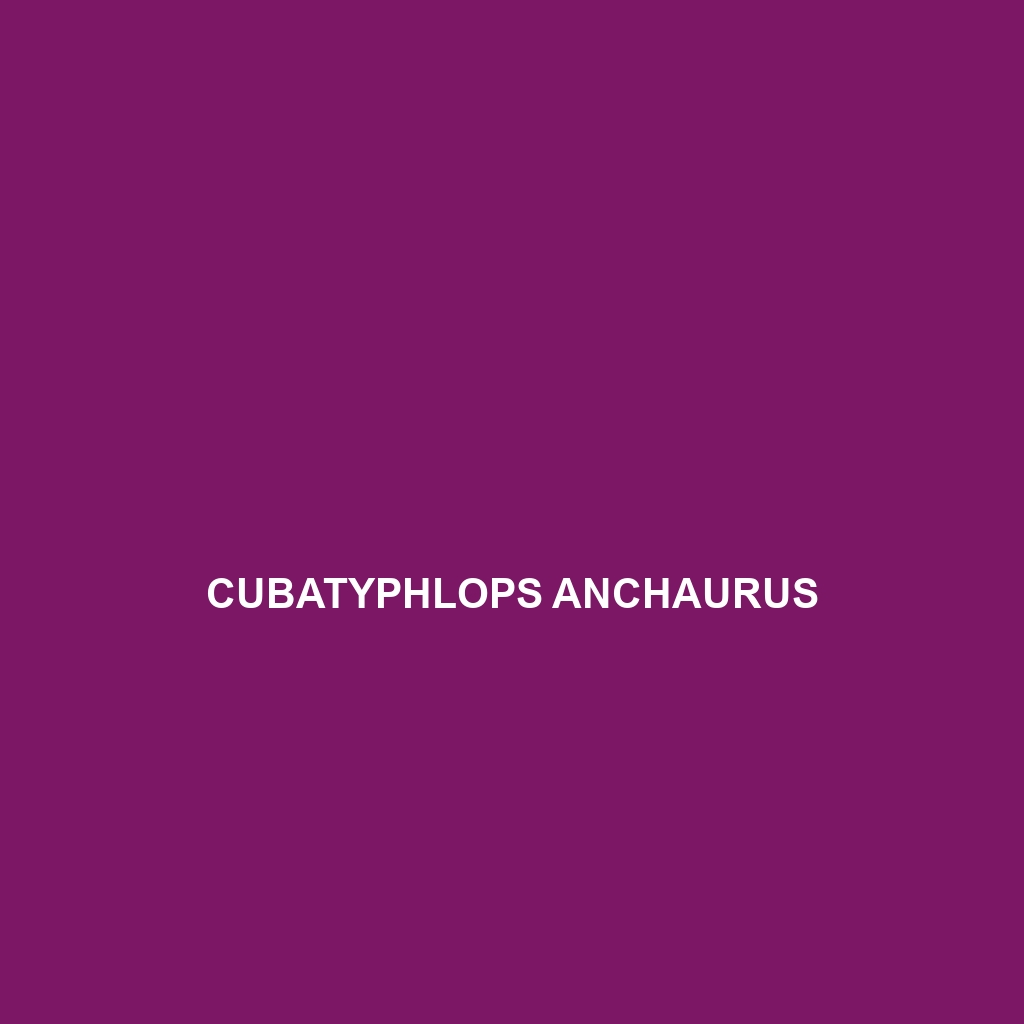Ctenotus zebrilla
Common Name: Ctenotus zebrilla
Scientific Name: Ctenotus zebrilla
Habitat
Ctenotus zebrilla, commonly known as the zebra skink, primarily inhabits the arid and semi-arid regions of Australia, particularly in areas such as grasslands, woodlands, and scrublands. They thrive particularly in sandy soils where they can burrow and find shelter from the harsh elements.
Physical Characteristics
This species is characterized by its elongated body, which typically reaches lengths of around 15 to 20 cm. The distinctive coloration includes a series of bold stripes across its body, giving it a zebra-like appearance that aids in camouflage. The scales are smooth, and the skink has a relatively flattened head that enhances its burrowing capability.
Behavior
Ctenotus zebrilla is primarily diurnal, meaning it is most active during the day. These skinks are known for their quick movements and agility, which help evade predators. They typically display territorial behavior, especially during the breeding season, where males can be seen performing elaborate displays to attract females.
Diet
As insectivores, Ctenotus zebrilla primarily feeds on a diet consisting of various invertebrates, including insects and spiders. Their feeding habits are instrumental in controlling insect populations, making them vital to their ecosystem’s health.
Reproduction
The breeding season for Ctenotus zebrilla occurs in the warmer months, generally from spring to early summer. Females lay clutches of 3-5 eggs in sandy nests, which they cover to protect from predators. Offspring typically hatch after a few weeks, and the young skinks are independent from birth.
Conservation Status
Currently, Ctenotus zebrilla is classified as ‘Least Concern’ by the IUCN. However, habitat loss and climate change pose potential threats, highlighting the importance of continued monitoring of their populations and habitats.
Interesting Facts
One intriguing fact about Ctenotus zebrilla is its remarkable ability to adapt to different environments within its range. This flexibility has allowed them to thrive in various habitats, from grasslands to sparsely wooded areas.
Role in Ecosystem
Ctenotus zebrilla plays a crucial role in its ecosystem by acting as both predator and prey. They help regulate insect populations through their diet while also serving as food for larger predators, thus contributing to the energy transfer within the food web.
